|
Sterling is one of the first "graduates" of the SFNOMA Project Pipeline Architecture Camp. Sterling has gone on to study architecture at UNLV! I am personally very proud of him for his achievements thus far. Please consider helping Sterling with his current tuition needs.
Cover Image by Karen Bleier/AFP/Getty Images & Check out this NPR article, which links the changing coastlines, our nation's capitol, and a tidbit about David Adjaye and Phil Freelon's National Museum of African American History and Culture. The museum is scheduled to open in two years, and along with a gorgeous exterior, it "will also have an automatic flood gate. In addition, plans call for manually installed panels, sandbags and special glazing, all designed to protect against a 500-year flood."
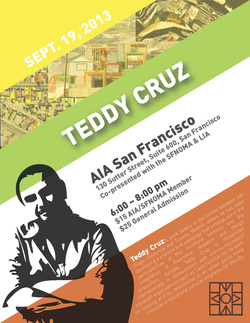 Join us on September 19, 2013 for evening with architect and provocateur Teddy Cruz. Discounted admission for SFNOMA {Click here to register} Enter Promo Code: SFNOMA13 SFNOMA Vice President 2, Shelley Davis presents the Evolution of African American Architects via the Organization of Women Architects. Photo by Genaro Molina / Los Angeles Times It describes Itzel Ortega's story. Itzel is a Cal Poly architecture student whose story merges President Obama's current immigration policy, a young architect's tenacity, and a deeply sentimental [and financial] bond with her eight-grade teacher. "...In December, she presented a project at Walt Disney Studios. Her model had sliding panels to create rooms with echoing walls where visitors could speak, or shout, their minds. The theme was freedom of speech, the building was an embassy near the United Nations.
The Disney judges gave her a top award. She was a front-runner for a paid internship at the company. But as long as she was here illegally, she couldn't claim the job..." "Self-Taught Architect Behind Brooklyn's 'Broken Angel' Faces Eviction" by JOel Rose It's a prime example of those charming projects that engage the public, that make us stop and think about the creative possibilities in architecture...and that make us wonder why we have building codes. Image 1 - Photo by builder/designer Chris Wood
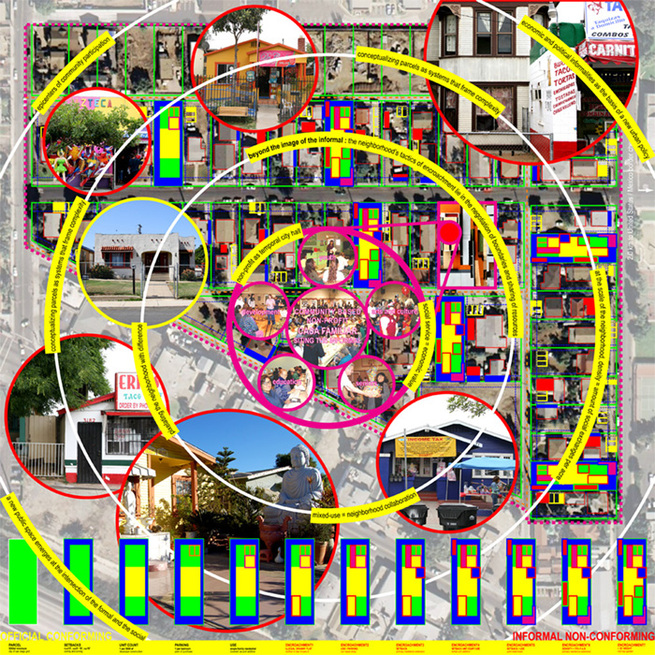 Image 1 - Estudio Teddy Cruz, Neighborhood Urbanism: The Informal as a Tool to Transform Policy, 2008.
 Image 2 - SFNOMA reception with Teddy Cruz - March 4, 2013 SFNOMA president Tiana Robinson and treasurer Rommel Taylor bumped into Deborah McKoy and her Rhs Health Academy Y-Plan class at Oakland Farmer's Market today. Ms. McKoy along with Rhs Health Academy instructor Jose Irizarry and several Y-Plan mentors were taking the students to visiting various sites in Oakland and San Francisco to study good urban design solutions to inspire the work they are doing in Richmond. We were asked to briefly speak to the students about architecture and urban design. We can't wait to see what great ideas the students come up with to revitalize Richmond. Below is a video clip Mr. Irizarry posted on Facebook. On Monday, February 11, 2013, the Obama Administration held a White House Workshop on STEM
Minority Inclusion, at the Eisenhower Executive Office Building. NOMA and twenty-five representatives from STEM professional societies that focus on increasing participation of underrepresented minorities were invited to attend. Among the groups attending were American Assn of Blacks in Energy (AABE), Black Data Processing Associates, MAES: Latinos in Science & Engineering, National Organization for the Professional Advancement of Black Chemists & Chemical Engineers (NOBCChE), National Society of Black Engineers-Alumni Extension (NSBE), National Society of Black Physicists (NSBP), National Technical Assn (NTA), and Society for Advancement of Chicanos & Native Americans in Science (SACNAS), Society of Hispanic Professional Engineers (SHPE), National Action Council for Minorities in Engineering (NACME), American Indian Science & Engineering Society (AISES), The National GEM Consortium, National Assn of Black Geoscientists, Institute for Broadening Participation, National Society of Hispanic Physicists, Hispanic Heritage Foundation, Hispanic Youth Institute (part of Hispanic College fund), Excelencia in Education, Asian Pacific Islander American Assn of Colleges & Universities, National Congress of American Indians, Great Minds in STEM, and the National Biotechnology & Pharmaceutical Assn. Dr. John P. Holdren, Assistant to the President for Science and Technology and Director of the Office of Science and Technology Policy opened the meeting with remarks about the desire of the Obama Administration to make inroads to better equip graduates for the demands of a high-tech economy and create classes focused on science, technology, engineering, and math (STEM) studies. The three-hour long session included discussions regarding Leadership and Policy Opportunities, K-12 Education, Out-of-classroom science experiences for youth, STEM jobs of the future, Increasing federal employment opportunities for minority STEM professionals, media campaigns, and entrepreneurship & innovation. Kathy Dixon AIA, NOMA, the current NOMA President, attended the workshop on behalf of the organization. The group is expected to move forward on ideas developed during the Workshop. Ideally, the next steps will involve implementation strategies. Outside observers included representatives from the White House HBCU initiative, White House Initiative on Asian Americans & Pacific Islanders, White House Initiative on Historically Black Colleges & Universities, Bureau of Indian Education, Commodities Futures Trading Commission, American Association for the Advancement of Science (AAAS), Office of Personnel Management (OPM) and the Department of Education. NOMA |
Events, News, Dialogue
We welcome contributions from all SFNOMA members and supporters. This page is a place for news about architecture, design and culture. It is also a place for members to have a dialogue about issues and ideas relevant to their experience in the profession. Join the conversation! Archives
June 2016
Categories |

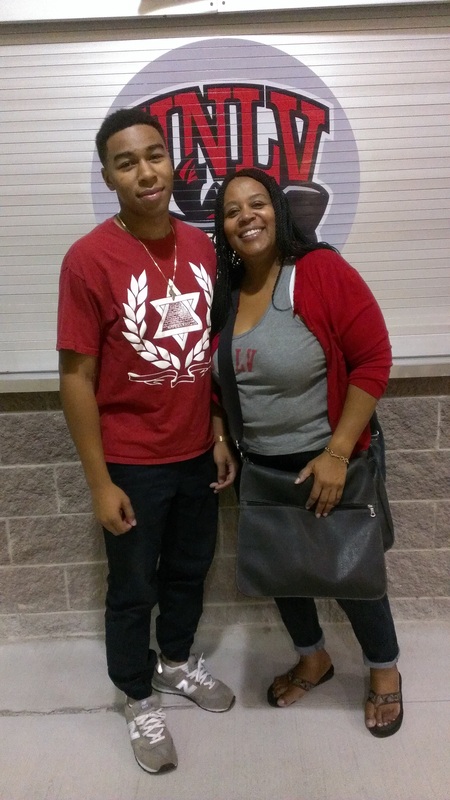
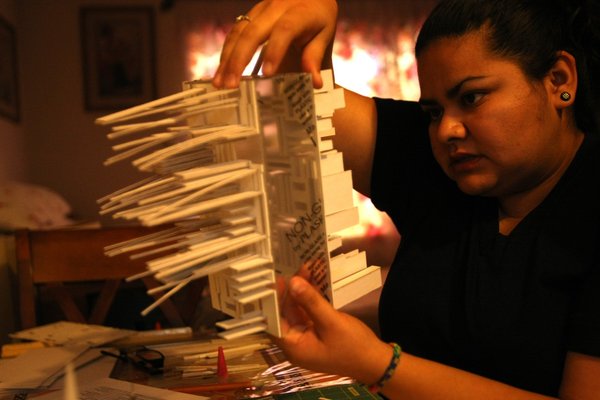
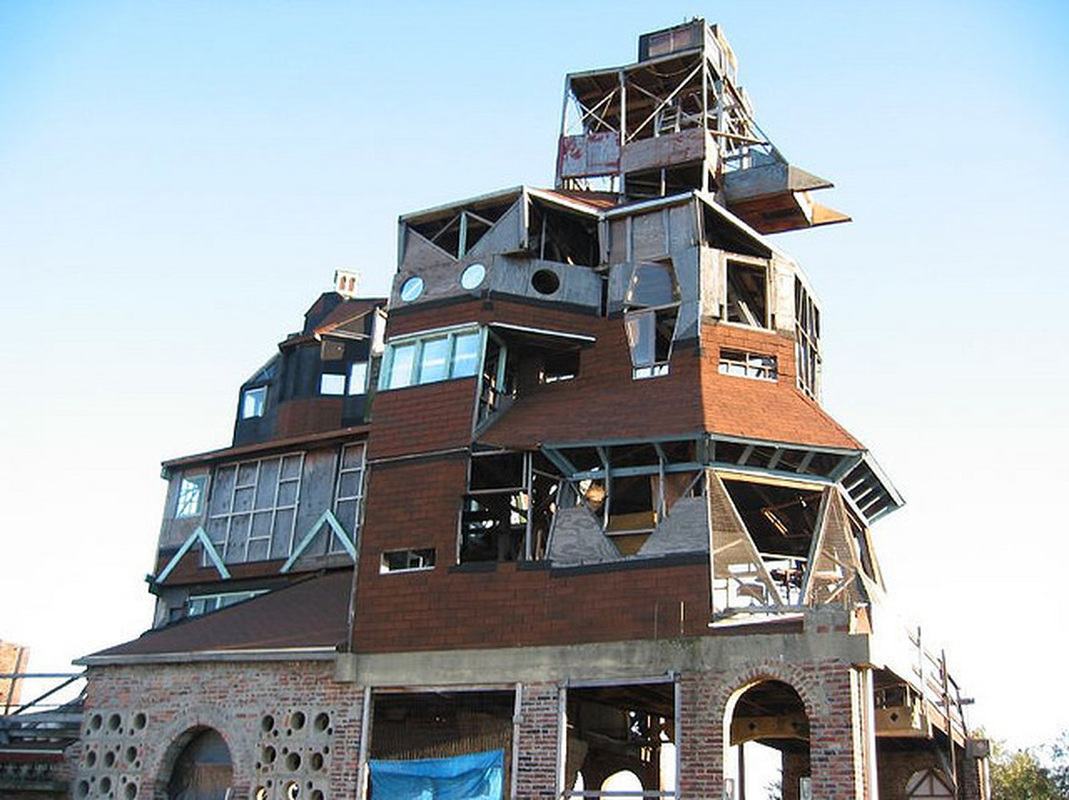
 RSS Feed
RSS Feed
